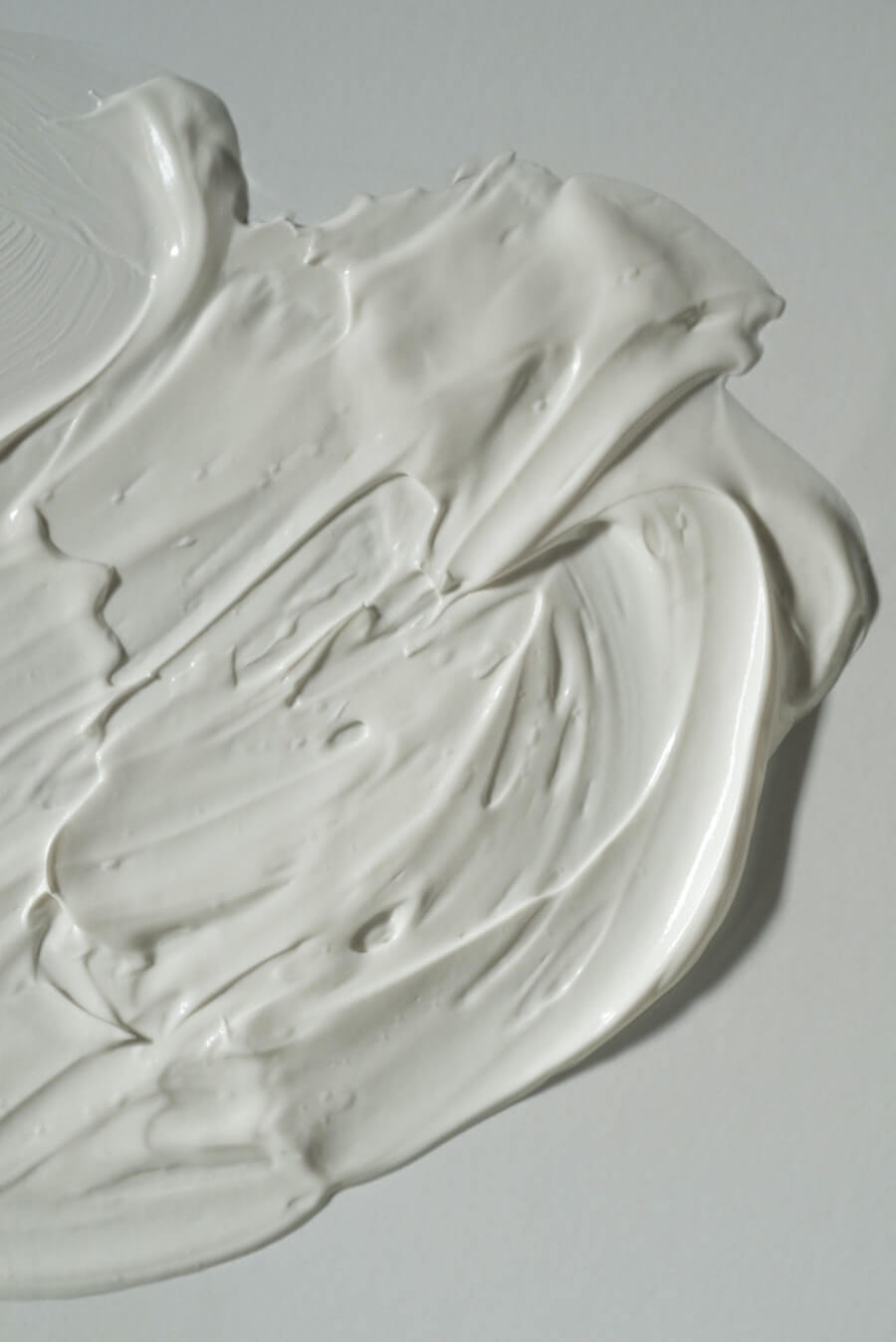[1] Environmental Protection Agency listing on P-phenylenediamine. Found online at: https://www.epa.gov/haps/health-effects-notebook-hazardous-air-pollutants. Accessed April 21, 2022.
[2] Rojanapo W, Kuradinun P, Tepsuwan A, Chutunataewin S, Tanyakaset M. (1986) Carcinogenicity of an oxidation product of p-phenylenediamine. Carcinogenesis 7(12): 1997-2002.
[3] European Commission: Scientific Committee on Consumer Products Opinion on p-Phenylenediamine. Found online at: http://ec.europa.eu/health/ph_risk/committees/04_sccp/docs/sccp_o_069.pdf. Accessed April 21, 2022.
[4] Bolt H.M, Golka K (2007) The Debate on Carcinogenicity of Permanent Hair Dyes: New Insights. Critical Reviews in Toxicology 37: 521-536.
[5] Bracher M, Faller C, Grotsch W, Marshall R, Spengler J (1990) Studies on the potential mutagenicity of p-phenylenediamine in oxidative hair dye mixtures. Mutation Research 241(3): 313-323.
[6] Rojanapo W, Kuradinun P, Tepsuwan A, Chutunataewin S, Tanyakaset M. (1986) Carcinogenicity of an oxidation product of p-phenylenediamine. Carcinogenesis 7(12): 1997-2002.
[7] European Commission: Scientific Committee on Consumer Products Opinion on p-Phenylenediamine. Found online at: http://ec.europa.eu/health/ph_risk/committees/04_sccp/docs/sccp_o_069.pdf. Accessed April 21, 2022.
[8] Bolt H.M, Golka K (2007) The Debate on Carcinogenicity of Permanent Hair Dyes: New Insights. Critical Reviews in Toxicology 37: 521-536.
[9] Schnuch A, Geier J, Uter PJ et al. National rates and regional differences in sensitisation to allergens of the standard series. Contact Dermatitis 1997; 37: 200-209.
[10] Bolt H.M, Golka K (2007) The Debate on Carcinogenicity of Permanent Hair Dyes: New Insights. Critical Reviews in Toxicology 37: 521-536.
[11] Bolt H.M, Golka K (2007) The Debate on Carcinogenicity of Permanent Hair Dyes: New Insights. Critical Reviews in Toxicology 37: 521-536.
[12] Rojanapo W, Kuradinun P, Tepsuwan A, Chutunataewin S, Tanyakaset M. (1986) Carcinogenicity of an oxidation product of p-phenylenediamine. Carcinogenesis 7(12): 1997-2002.
[13] Bolt H.M, Golka K (2007) The Debate on Carcinogenicity of Permanent Hair Dyes: New Insights. Critical Reviews in Toxicology 37: 521-536.
[14] Chung K.T, Kirkovsky L, Kirkovsky A, Purcell W. (1997) Preview of mutagenicity of monocyclic aromatic amines: quantitative structure-activity relationships. Mutation Research 387:1-16.
[15] Bracher M, Faller C, Grotsch W, Marshall R, Spengler J (1990) Studies on the potential mutagenicity of p-phenylenediamine in oxidative hair dye mixtures. Mutation Research 241(3): 313-323.
[16] Anuradha S, Sandeep Arora S, Arora A, Kar P (2004) Acute Renal Failure Following para-Phenylenediamine (PPD) Poisoning: A Case Report and Review. Renal Failure 26(3): 329-332.
[17] Bolt H.M, Golka K (2007) The Debate on Carcinogenicity of Permanent Hair Dyes: New Insights. Critical Reviews in Toxicology 37: 521-536.
[18] European Commission: Scientific Committee on Consumer Products Opinion on p-Phenylenediamine. Found online at: http://ec.europa.eu/health/ph_risk/committees/04_sccp/docs/sccp_o_069.pdf. Accessed April 21, 2022.


































